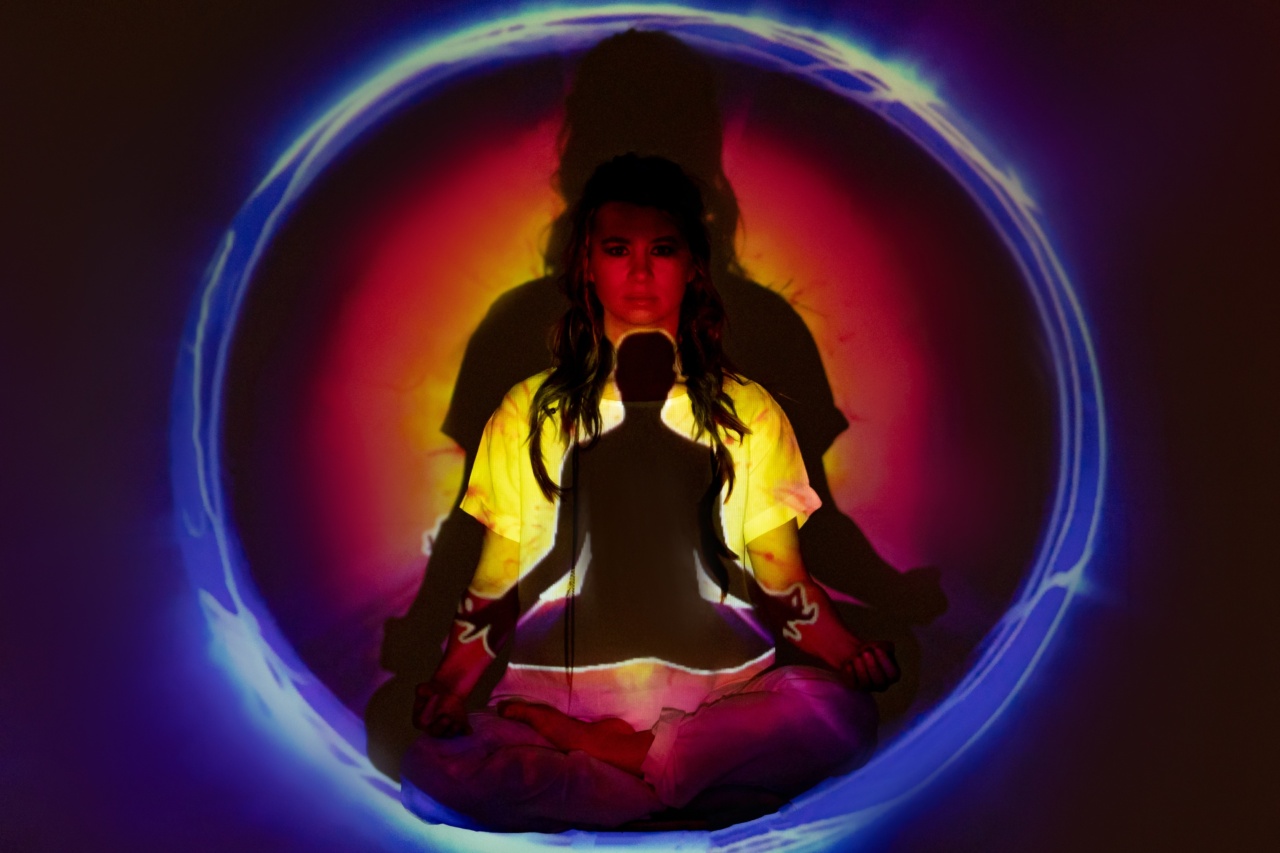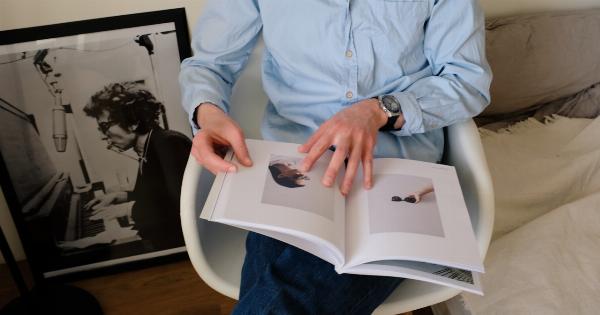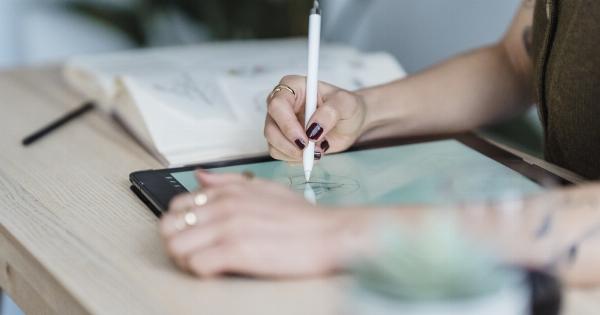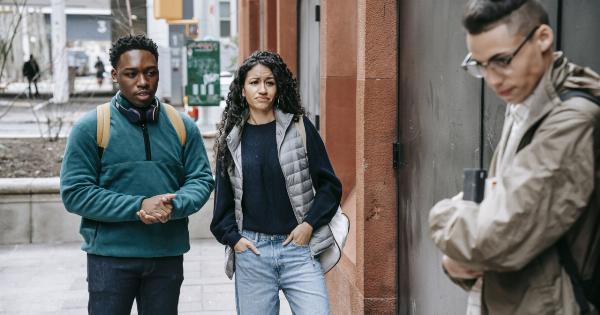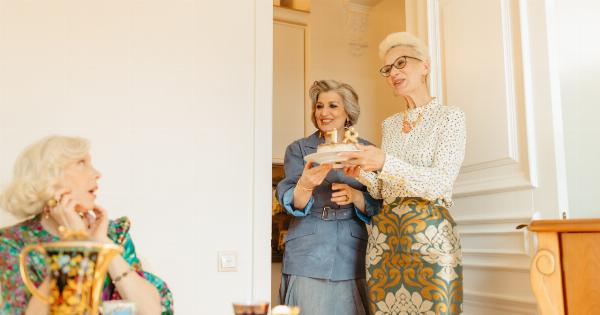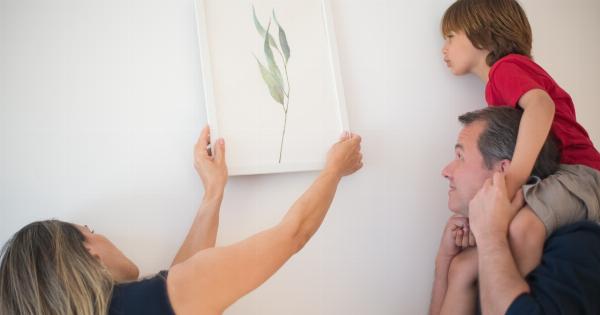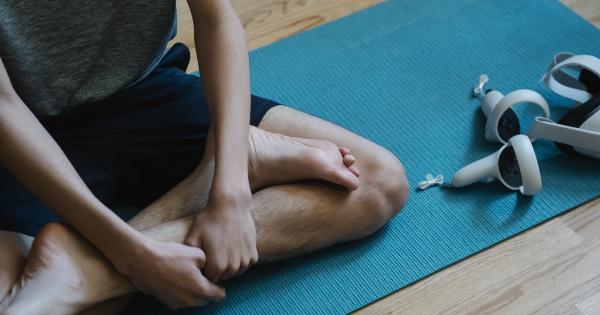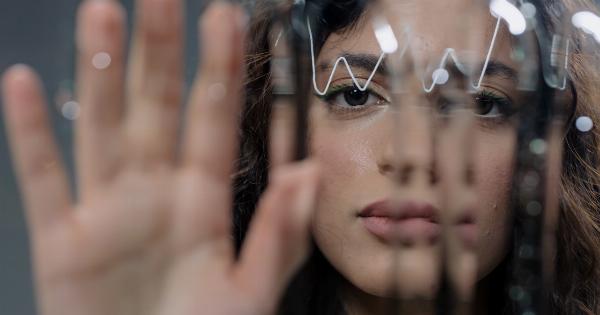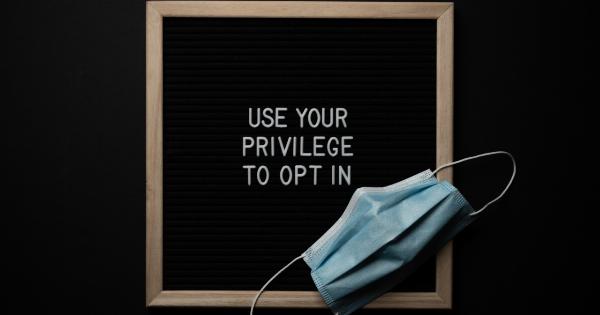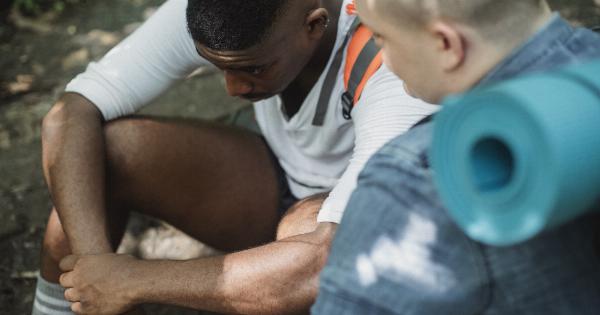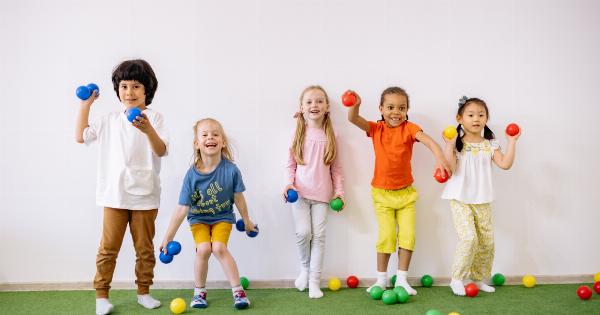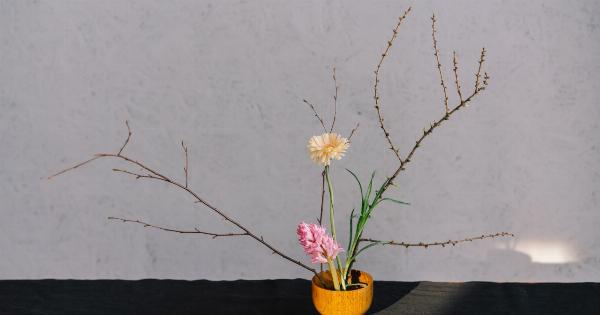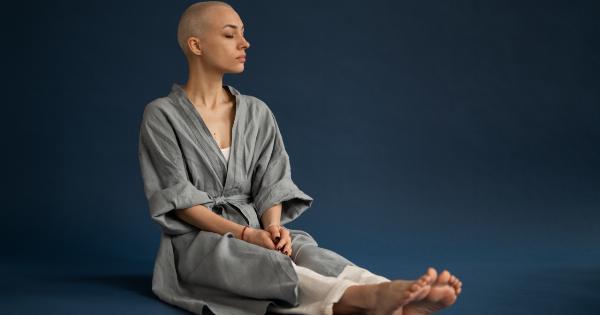Throughout history, stereotypes have plagued society, perpetuating preconceived notions and limiting the potential of individuals. These deeply ingrained beliefs often lead to discrimination, marginalization, and misunderstanding.
However, one of the most profound ways to challenge and overcome stereotypes is through the healing power of art. Artistic expression can shatter boundaries, foster understanding, and empower individuals to embrace their true selves. In this article, we will explore how art serves as a transformative tool in overcoming stereotypes and promoting inclusivity.
The Universality of Art
Art has the remarkable ability to transcend cultural, linguistic, and societal barriers. Regardless of one’s background, art communicates emotions, experiences, and stories in a universal language.
It is a means of expression that speaks directly to the heart and soul of both the artist and the audience. This universal quality of art serves as a powerful tool in challenging stereotypes, as it enables individuals from different walks of life to connect, empathize, and find common ground.
Self-Expression and Personal Identity
For individuals who have been marginalized or misunderstood due to stereotypes, art provides a safe haven for self-expression.
It allows individuals to showcase their personal experiences, challenges societal norms, and celebrates their unique identities. Through various artistic mediums such as painting, sculpting, writing, dancing, or acting, individuals can reclaim their narratives and challenge the stereotypes that have held them back.
Art as Empowerment
Artistic expression empowers individuals to define themselves on their own terms. By creating art that reflects their experiences and challenges stereotypes, artists can inspire others who may be facing similar struggles.
Art becomes a catalyst for change and empowerment, as it encourages individuals to embrace their true selves and defy societal expectations.
Art Therapy: Healing Through Creativity
Art therapy is a well-established practice that utilizes the therapeutic benefits of art to help individuals overcome trauma, anxiety, depression, and various mental health challenges.
Art serves as a medium of expression through which individuals can explore and process their experiences, emotions, and thoughts. In the context of overcoming stereotypes, art therapy provides a safe space for individuals to confront and challenge the stereotypes that have affected their sense of self-worth and well-being.
Artistic Activism: Breaking Chains and Shattering Stereotypes
Artistic activism is a powerful form of resistance that challenges societal norms and stereotypes. Artists have long used their art to raise awareness, provoke critical thinking, and incite change.
Through thought-provoking exhibitions, performances, and installations, artists can confront stereotypes head-on. By capturing the attention and imagination of the public, they create opportunities for dialogue, education, and ultimately, change.
Art Education: Nurturing Empathy and Understanding
Education plays a vital role in dismantling stereotypes. Incorporating art education into the curriculum fosters empathy, encourages critical thinking, and promotes understanding.
When students engage with art that challenges stereotypes and represents diverse perspectives, it widens their worldview, exposing them to different cultures, experiences, and narratives. By nurturing open-mindedness at an early age, art education equips future generations with the tools to combat stereotypes and foster inclusivity.
Cross-Cultural Collaboration: Bridging Divides Through Art
Art has the power to bring people together, regardless of their cultural or social backgrounds. Cross-cultural collaborations between artists can bridge divides, strengthen connections, and challenge stereotypes bred from ignorance and misinformation.
By working together on artistic projects, individuals from different communities can engage in meaningful dialogue, exchange ideas, and cultivate a deeper understanding and appreciation for each other’s cultures.
Public Art: Transforming Spaces and Minds
Public art has a unique ability to transform public spaces and challenge societal stereotypes.
Large-scale murals, sculptures, and installations have the power to capture the attention and imagination of passersby, prompting them to question their own biases and preconceptions. Public art intervenes in physical spaces, making a bold statement that challenges the status quo and encourages viewers to reevaluate their understanding of the world.
Art as Counter-Narrative
The creation of counter-narratives is essential in combating stereotypes. By challenging dominant narratives through art, individuals can reclaim their stories and offer alternative perspectives that disrupt harmful stereotypes.
Through their art, they create spaces for marginalized voices to be heard and celebrated, fostering a more inclusive and compassionate society.
Conclusion
The healing power of art is evident in its ability to break down stereotypes, foster empathy, and empower individuals to reclaim their narratives.
Through artistic expression, individuals can challenge societal norms, engage in collective activism, bridge cultural divides, and encourage transformative dialogue. By embracing the universal language of art, we can overcome stereotypes and create a more inclusive world.
